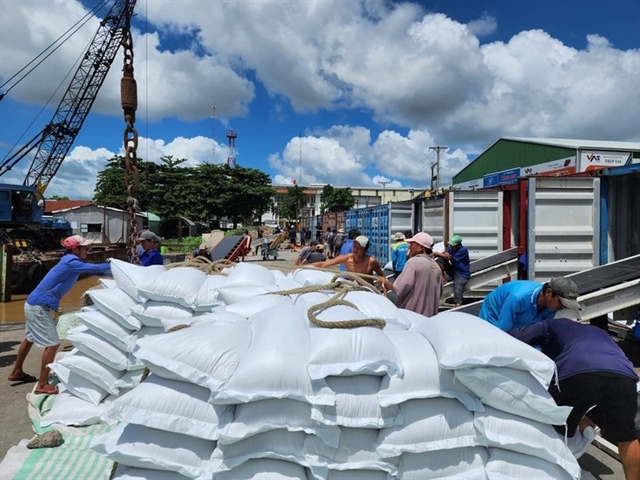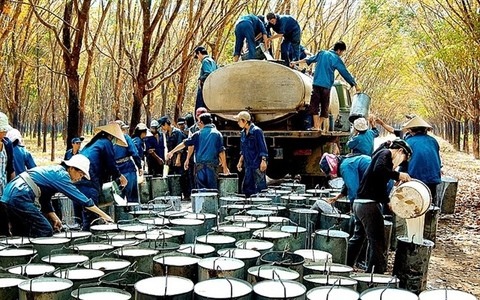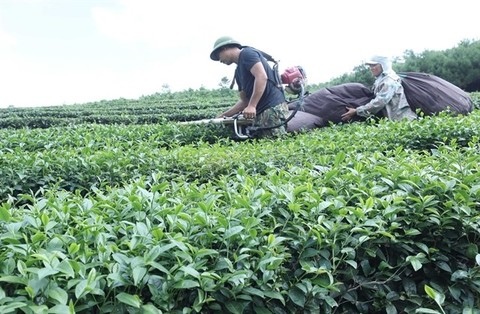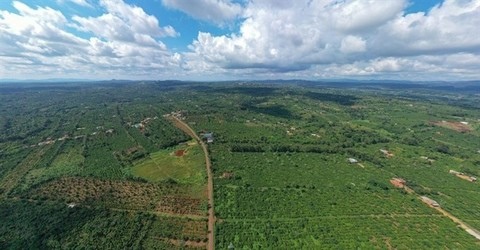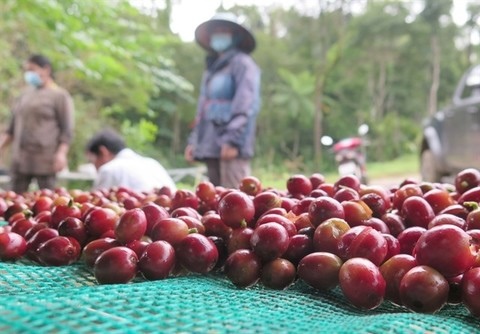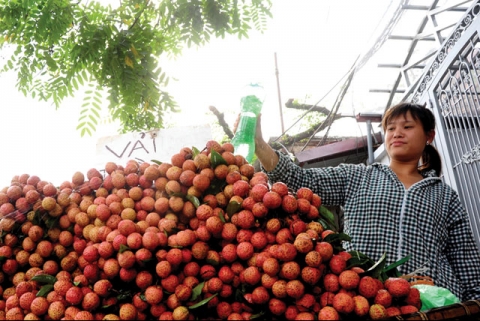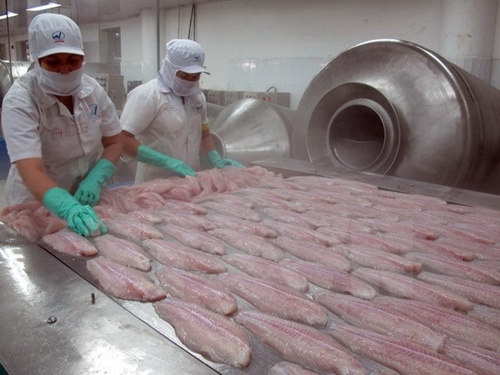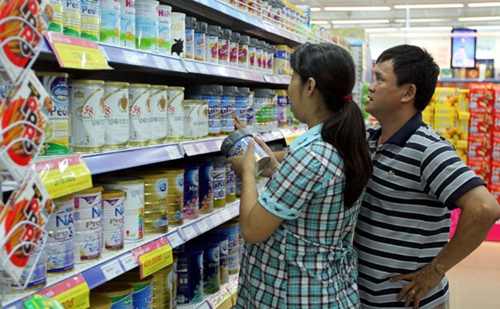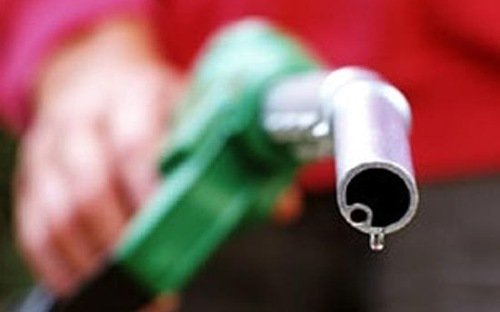Cocoa farmers say things could be better
Cocoa farmers say things could be better
Despite some encouraging results, Viet Nam's cocoa sector has not enjoyed stable development in the past decade, a review meeting heard in HCM City yesterday.
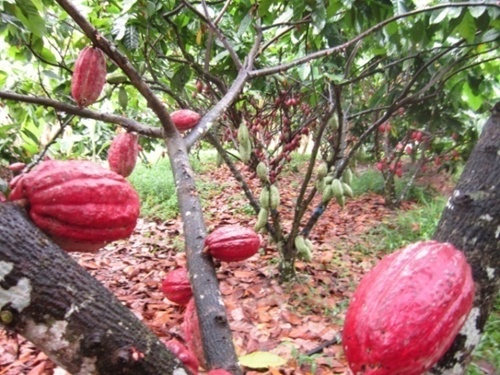
Nguyen Van Hoa, deputy head of the Crop Production Department, said in the past years annual output had been 5,000-6,000 tonnes of cocoa beans.
Farming models intercropping cocoa with coconut or cashew had offered high yields, he said.
Companies had done research to come up with cocoa-based products and use cocoa shells to grow mushroom or turn them into fertiliser, he said.
But generally the sector's development had not met expectations, he admitted.
A Government plan for until 2020 targets having 35,000ha under cocoa by 2015 with an average output of 1 tonne per hectare and 50,000ha by 2020 with 1.19 tonnes.
But Nguyen Nhu Hien of the department said the cocoa cultivation area had shrunk dramatically to 11,698ha by the end of last month compared to the peak of 25,700ha in 2012.
Productivity remained low at 0.8 tonnes of dry bean per hectare on average because of the high density of plants, improper shade management and lack of investment in fertilisers, pest control and others, he said.
Besides, price volatility and the lack of linkage in the cocoa value chain had made farmers feel unsecure about cocoa farming, he said.
Gricha Safarian, managing director of Puratos Grand-Place Indochina, said "unfair repartition" [of profits] between stakeholders in the supply chain, lack of training to improve yield and quality, and competition with other crops and pre-financing of fertilisers are among factors affecting cocoa sustainability around the world, including Viet Nam.
Farmers only got around 4 per cent of the profit while manufacturers and distributors got 63 per cent, he said.
Phan Huy Thong, director of the National Agriculture Extension Centre and head of the Vietnamese Cocoa Committee, said cocoa had been considered a tree that could help eliminate hunger and poverty and introduced to disadvantaged households in difficult areas.
This had yielded poor results, and this approach needed to be changed, he said.
Cocoa was not an easy tree to grow since it needs proper farming and intensive techniques, he said.
He concurred with Dinh Hai Lam, cocoa development manager at Mars Incorporated, who said the sector needed the participation of businesses and investors through the establishment of large-scale farming and for them to have closer linkages with farmers.
In this model, businesses would play a leading role in technology transfer and provide inputs and ensure sales outlets for small households, the two agreed.
Sweet future
Thong said global demand for cocoa was increasing, especially in India and China. Experts forecast a shortage of one million tonnes by 2020, which offered cocoa growing countries, including Viet Nam, a great opportunity, he said.
He called on all stakeholders to join hands to develop the sector and ensure fair distribution of profits among them.
The sector should focus on improving quality of the bean by training farmers, investing in infrastructure for purchasing and processing cocoa, and improving irrigation, he said.
Dr Truong Hong, deputy director of the Central Highlands Agriculture and Forestry Science Institute, said creating new strains, especially those than can adapt to climate change, was very important.
Besides, firms should focus on further processing of the beans to serve both the domestic and export markets, he said.
Thong said his centre as well as the department would collect feedback from meeting participants and send it to the Ministry of Agriculture and Rural Development to tweak cocoa zoning plans and adopt appropriate measures to ensure sustainable development of the sector.


